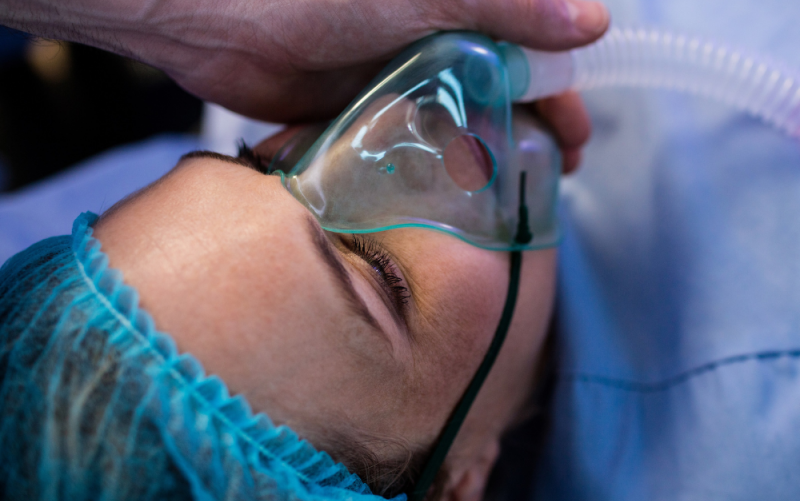Biocompatibility evaluation of respiratory gas pathways in healthcare applications
Respiratory medical devices are very numerous and used in many areas of medicine.
They range from the complex (e.g. flow meters) to the simple (e.g. hoses and tubes), and can be used in a wide variety of therapies (oxygen therapy, anesthesia, ventilation).
As the gases passing through these respiratory medical devices have to penetrate our bodies, it's absolutely essential that the materials they're made of are safe. In 2017, ISO 18562 was published to complement ISO 10993. However, it should be noted that a new version of this standard was recently published in March 2024. This standard, as its name suggests, provides a method for the appropriate assessment of breathing gas pathways in healthcare applications. It comprises 4 distinct parts, 3 of which are explained below :
ISO 18562-1 Evaluation and testing within a risk management process
The first part of the standard states that tests to assess the biocompatibility evaluation of breathing gas pathways must be carried out as part of a risk management process. This logically imposes a notion of conformity on all respiratory medical devices.
It also highlights certain data needed to properly assess the health risk evaluation of a gas pathway in a respiratory medical device.
ISO 18562-2 Tests for emissions of particulate matter
This second part of standard 18562 focuses on particle emissions from respiratory medical devices used in healthcare applications. It sets out the various methodologies for quantifying the levels of particles released by the tested device. It includes acceptable concentration limits for particles based on their diameter.
ISO 18562-3 Tests for emissions of volatile organic substances (VOSs)
The third part of standard 18562 describes the test method for the evaluation of VOSs emissions from respiratory medical devices. To do this, the device is subjected to tests which result in gas sampling using the method described in ISO 16000 and ISO 16000-3. Calculations are then needed to quantify the dose of VOCs received by the patient through the respiratory medical device. These calculations differ according to 3 criteria set out in the first part of ISO 18562 :
Duration of use of the respiratory medical device
It has a direct impact on calculations. The longer the duration of use, the higher the exposure to VOSs.
Patient weight
The patient's build, and more specifically his or her weight, will influence calculations of the VOS dose received.
The volume of air breathed by the patient
This air volume logically modifies the dose of VOSs the patient receives: the more air the patient breathes, the higher the amount of VOSs he or she is exposed to. Daily air volumes have been defined for each type of patient.
Once the dose of VOSs received by the patient has been calculated, it can be compared with the tolerable exposure value, thus confirming whether or not the respiratory medical device is safe for the patient.
ISO 18562-4 Tests for leachables in condensate
The Part 4 of the standard describes the evaluation procedures for compounds released in the condensed water of gas circuits used in medical devices, their components, or accessories, intended for administering respiratory care or delivering substances via respiratory route to a patient. The evaluations specified in this document aim to measure the levels of water-soluble hazardous substances released by the medical device, its components, or accessories into the condensate, and then transported by the liquid to the patient. The acceptability criteria for these evaluations are outlined in this document.
In 2017, the European Union published a regulation in its Official Journal making these tests mandatory as part of the development of a new risky respiratory medical device. It regularly updates this regulation, with the latest modifications dating back to March 2023.
Do not hesitate to contact us via Contact us / Quote, and we'll put you straight through to a competent specialist.




